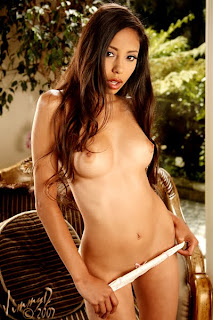 At the risk of this blog sometimes appearing like a text infomercial for ebooks, a good deal is a good deal and I like passing on good deals to people. Especially, when it's an even better deal on an already good deal!
At the risk of this blog sometimes appearing like a text infomercial for ebooks, a good deal is a good deal and I like passing on good deals to people. Especially, when it's an even better deal on an already good deal!From now, till October 31, you can purchase any or all of Ed Verosky's ebooks for 25% off their normal price by using the discount code PHOTOBOOKS at checkout. Your discount will be automatically deducted from the purchase price.
Here's the links (below) to Ed's terrific ebooks. Or, you can click the ads in the right hand column of this page. Either way, it will take you to the same place. I like having options, even when it's simply about where I can click and yet still arrive at the same place.
100% Reliable Flash Photography
10 Ways to Improve Your Boudoir Photography Now
25 Amazing Boudoir Photography Techniques
Once again, simply provide the discount code PHOTOBOOKS at checkout.
As long as I'm talking about ebooks, I'll have a new one released in the coming week. It's called Guerrilla Headshots. It's finished (just doing a bit of editing and proofing) and provides the same kind of road map to awesome headshot photography that Guerrilla Glamour does for pretty girl shooting. The new ebook has about 10 pages more than Guerrilla Glamour contains in its 101 pages. It tackles the subject of shooting headshots in the same sort of conversational tone as its predecessor, with plenty of examples and tips and suggestions. It's headshot photography from soup to nuts, even with a chapter on how to score gigs and how to make occasional G-Jobs ("G" stands for gratis) an effective part of your marketing strategies.
Photography being photography, there's some information in Guerrilla Headshots that will be familiar if you read my glamour ebook. (Although its been revised to reflect the new subject matter.) But the big majority of the book is new and fresh. It's taken me almost two months to write this new ebook. Guerrilla Headshots is aimed at photographers new-to through intermediate level with headshot photography.
I've been shooting headshots, mostly for Hollywood hopefuls and other entertainment industry up-and-comers, since about 1980. I also shoot business folks and other professionals. Headshots has remained my second bread-and-butter job, second to glamour photography, for a long time. If you're not going after the many opportunities headshot photography represents, this new ebook might motivate you to do so. If you're already shooting headshots, perhaps it will help you increase your production efficiency as well as the quality of your work.
BTW, as far as I know, you can still purchase Ashley Karyl's How to Photograph Nudes Like a Professional for 25% off with discount code PGSNUDES at checkout. You can also purchase any book at Pro Photo Publishing for 10% off until midnight, October 31, 2010 with discount code FRIENDSOFPPR.
Okay. Enough about ebooks already. The pretty girl portrait at the top -- I think it's more a portrait than a glamour shot, albeit with nudity - is Cindy. It's lit with three lights: Mainlight modified with a Mola "Euro" beauty dish, a kicker to the left, behind her, modified with a medium strip box, and a subtle hair light, boomed overhead, modified with a small, rectangular softbox, slightly from the right, up high and from behind. Platinum blond hair, like that on Cindy's head, can be a real challenge to keep from blowing out!






